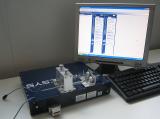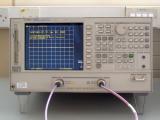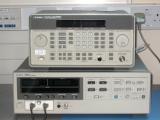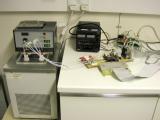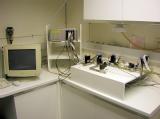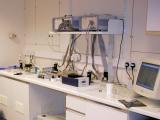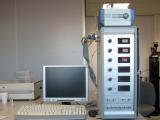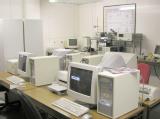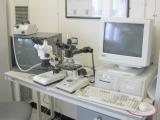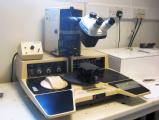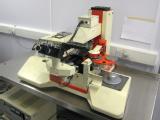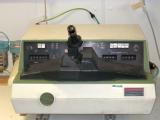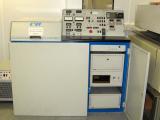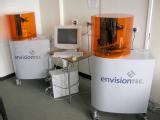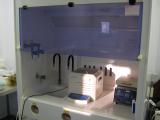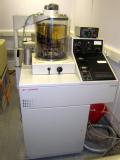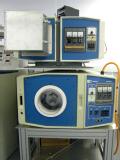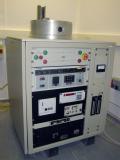Equipment and facilities
MICROTECHNOLOGY
Various facilities are available within the Sensors Research Laboratory (SRL) and Centre for Nanotechnology & Microengineering to design, fabricate and test Microsensors, MEMS and Smart devices. A list of these facilities is given below:
Design, Simulation and Analysis Tools
- Sensor artwork (L-Edit, Autocad, Cadence)
- Microelectronic devices (Tanner tools, Cadence, XILINX, MAGIC)
- PCB production (EASYPC, ORCAD, Cadstar v7)
- Simulation (PSPICE, HSPICE, Electronic Workbench, ACSL, MATLAB, Solidis, ISE, MEMS PRO, MEMSCAD, Medici, FEMLAB)
- Programmable devices (PLDs, FPGAs, micros)
- Data analysis (MATLAB + various toolboxes, Sigmaplot, Pirouette, UNISTAT)
Cleanroom Facilities Available
Deposition of sputtered materials (e.g. gold and platinum), thermally evaporated materials, wide range of resists, electroactive polymers, Langmuir-Blodgett films
Further facilities include:
- Isotropic and anisotropic silicon etching
- Reactive ion etching and PECVD
- Optical photo-patterning
- Single-sided and double-sided pattern alignment
- Focused and showered ion beam milling (centre)
- On-wafer testing, wafer dicing, wire-bonding, chip packaging and chip testing
Measurement Facilities Available
In addition to the fabrication facilities listed above a number of measurement techniques are available including:
- Step profiles (Talystep, Nanostep)
- Scanning tunnelling, atomic and lateral force microscopies
- Microstructure: XRD, SEM, TEM, X-ray reflectance, Scanning Auger, Mossbauer spectroscopies
- X-ray interferometry
- Ultrasonic characterisation
- Electrochemical characterisation: cyclic voltammetry, rotating disk electrode and computer-controlled potentiostatic methods (University of Southampton)

